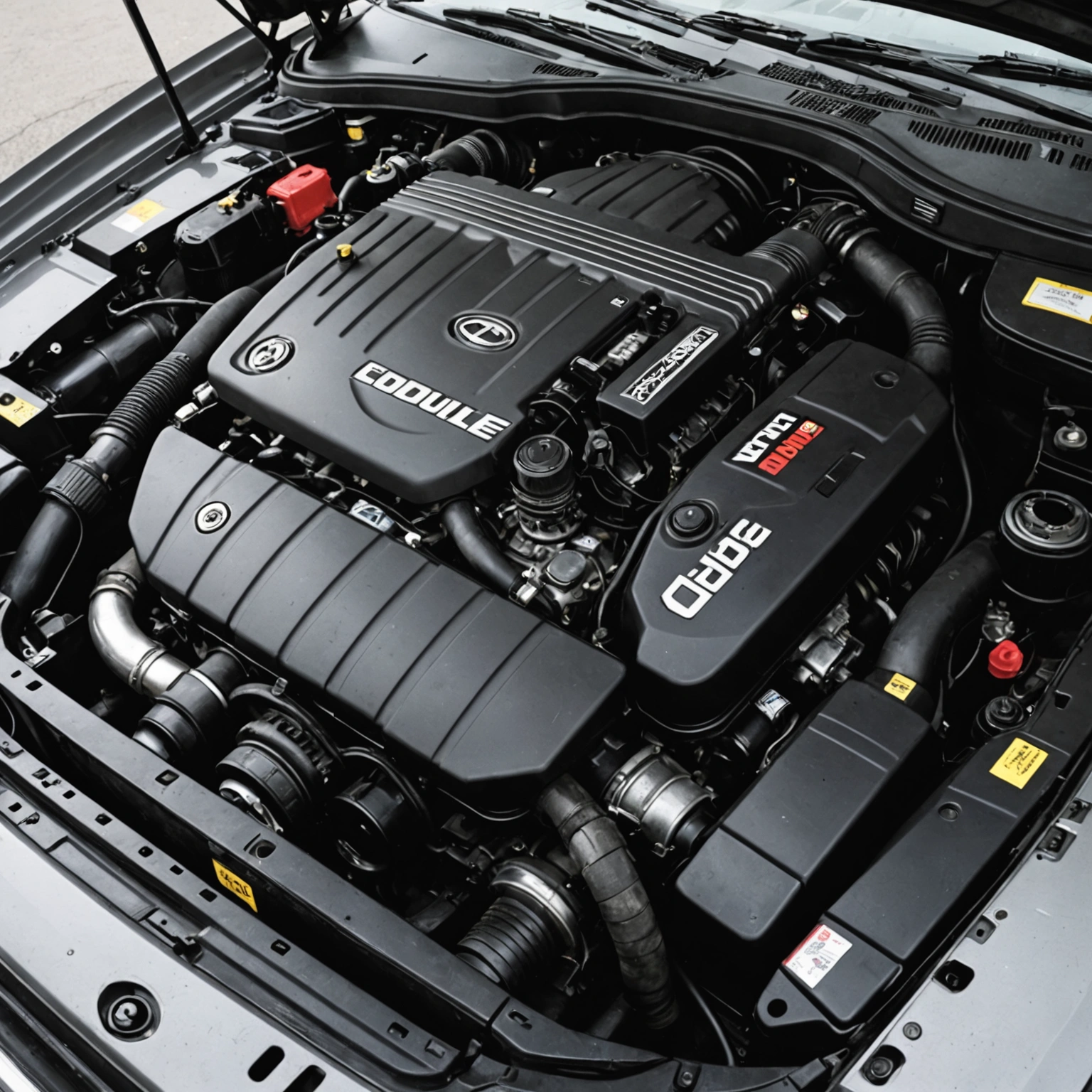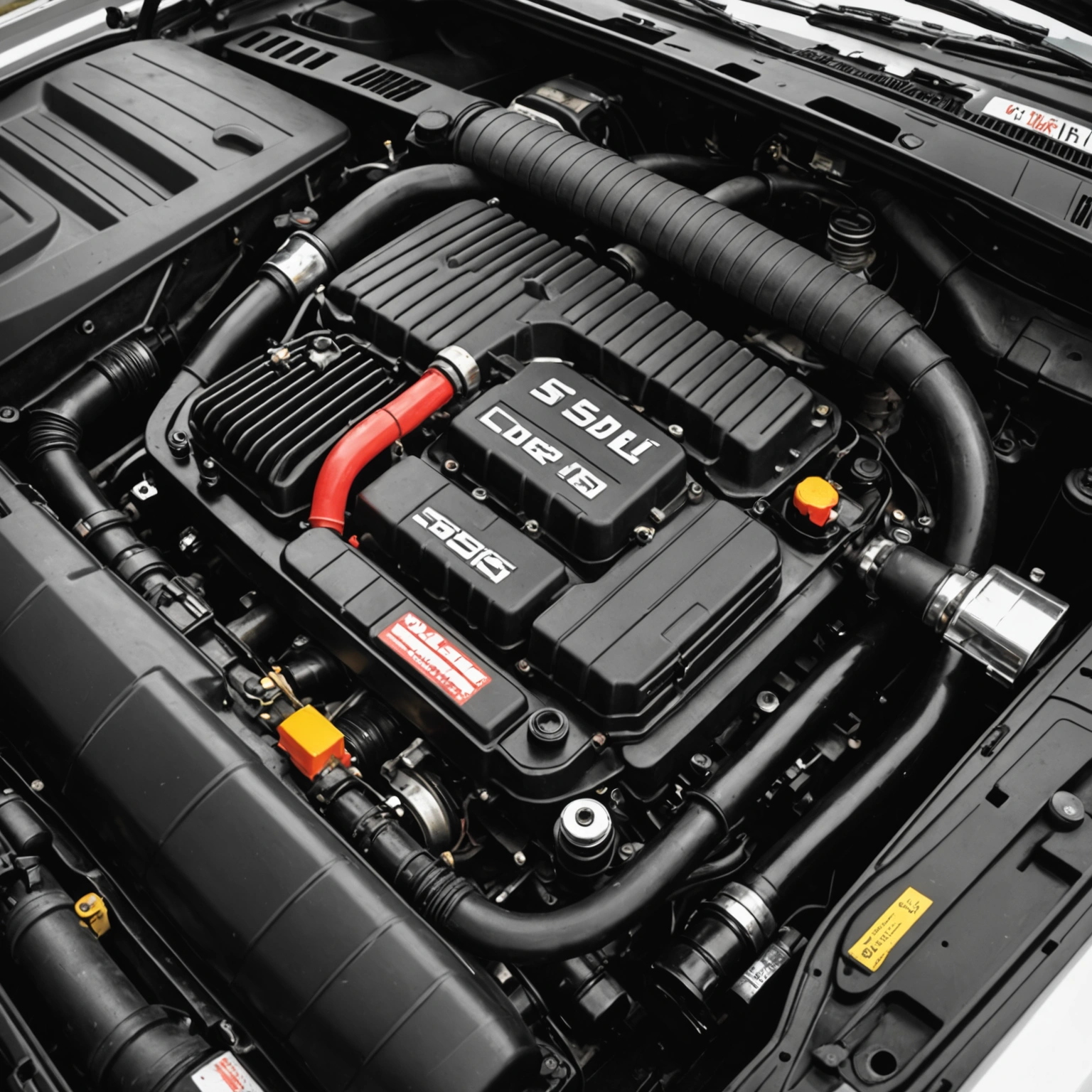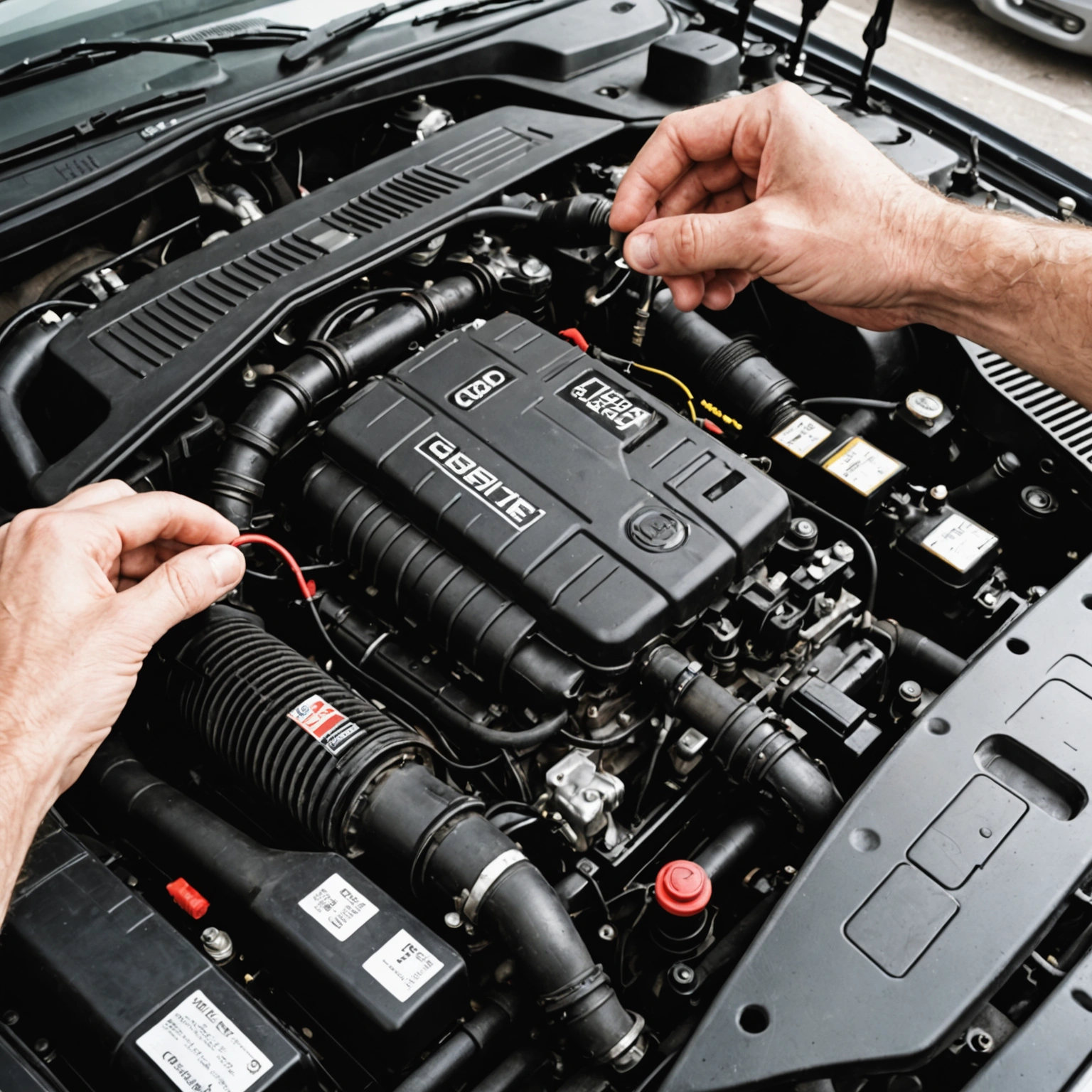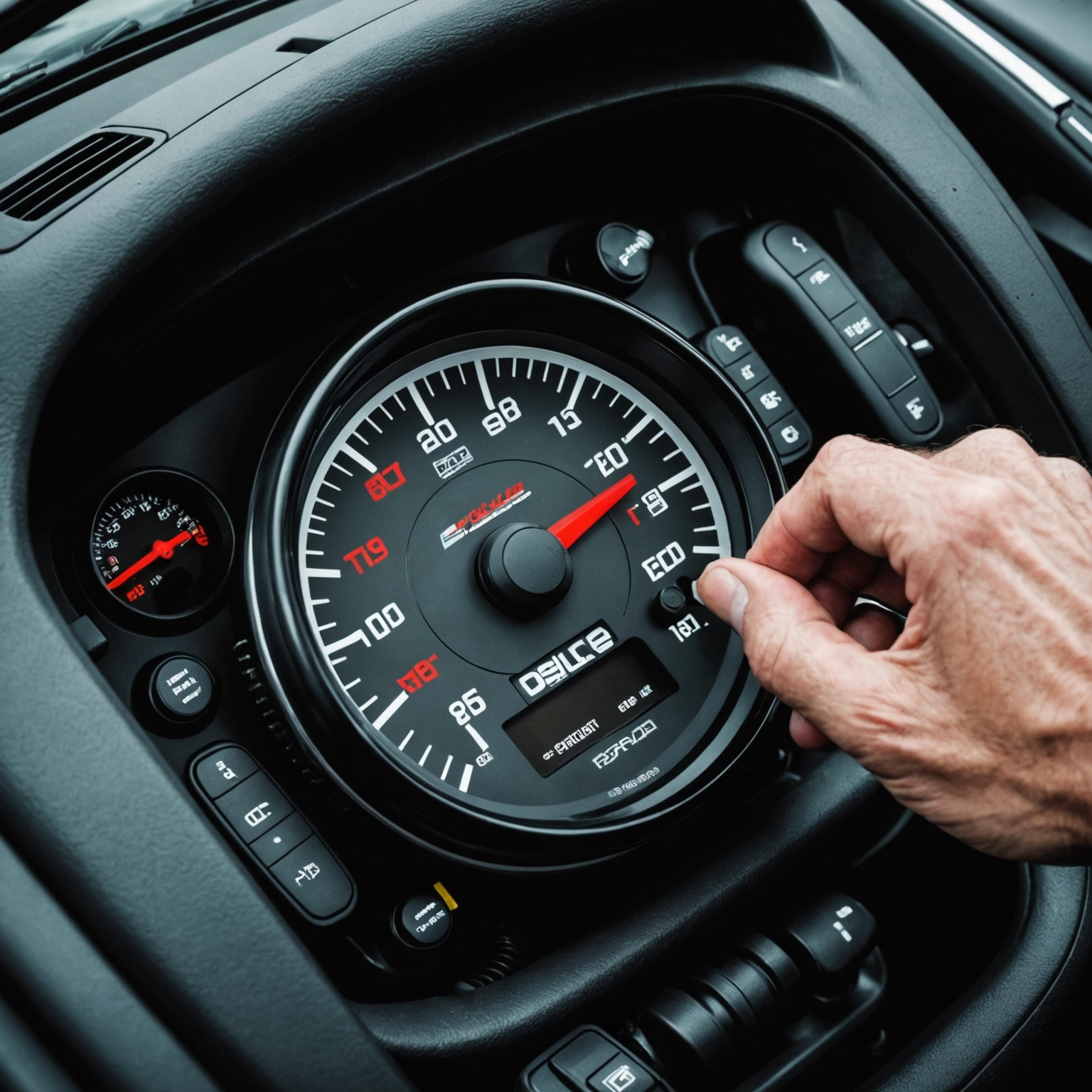### Why Does My Car Idle Up and Down? Understanding the Causes and Solutions
If you’ve noticed your car’s engine idle fluctuating—rising and falling unpredictably—you might be wondering what’s causing this irregular behavior. An unstable idle can be a sign of underlying issues that, if left unaddressed, could lead to more serious engine problems. In this blog post, we’ll explore the common reasons why your car’s idle might be up and down, and what steps you can take to resolve the issue.

#### What Is Engine Idle, and Why Is It Important?
Engine idle refers to the engine running at a low, steady RPM (revolutions per minute) when the vehicle is not moving, such as when you’re stopped at a traffic light or idling in your driveway. A smooth, consistent idle ensures the engine runs efficiently and reduces vibrations that can affect comfort and component longevity.

#### Common Causes of Fluctuating Idle
1. **Dirty or Faulty Idle Air Control Valve (IACV)**

– The IACV regulates the amount of air entering the engine during idle. If it becomes dirty or malfunctions, it can cause irregular airflow, leading to a fluctuating idle.
2. **Vacuum Leaks**

– Cracks or disconnected hoses in the vacuum system can cause unmetered air to enter the engine, disrupting the air-fuel mixture and causing unstable idle behavior.
3. **Dirty Throttle Body**
– A buildup of carbon or grime on the throttle body can hinder proper airflow, resulting in inconsistent engine speeds at idle.
4. **Fuel System Issues**
– Problems such as a clogged fuel filter, failing fuel pump, or dirty fuel injectors can cause irregular fuel delivery, leading to fluctuating RPMs.
5. **Sensor Malfunctions**
– Sensors like the Mass Air Flow (MAF) sensor or Throttle Position Sensor (TPS) provide critical data to the engine control unit (ECU). Faulty sensors can send incorrect information, causing the ECU to adjust fuel and air mixture improperly.
6. **Dirty or Faulty Spark Plugs**
– Worn or fouled spark plugs can cause misfires, which may manifest as an unstable idle.
7. **EGR Valve Issues**
– The Exhaust Gas Recirculation (EGR) valve helps reduce emissions. If stuck open or closed, it can cause rough or uneven engine idle.
#### Diagnosing the Problem
To determine the exact cause, a systematic approach is recommended:
– **Check for Diagnostic Trouble Codes (DTCs):** Using an OBD-II scanner can reveal specific sensor or system faults.
– **Inspect Vacuum Lines:** Look for cracks, loose connections, or disconnected hoses.
– **Clean the Throttle Body and IACV:** Removing carbon buildup can improve airflow regulation.
– **Check and Replace Spark Plugs:** Ensuring proper spark is essential for smooth idle.
– **Inspect Fuel System Components:** Replace filters or clean injectors if needed.
#### When to Seek Professional Help
While some simple maintenance tasks can be performed at home, persistent or severe idle issues should be diagnosed and repaired by a qualified mechanic. They can perform comprehensive tests and repairs to ensure your engine runs smoothly.
#### Conclusion
A fluctuating engine idle can stem from various issues, from dirty components to sensor failures. Regular maintenance, including air filter changes, throttle body cleaning, and sensor checks, can help prevent idle problems. If you’re experiencing inconsistent idle RPMs, don’t ignore the signs—addressing the problem promptly will keep your vehicle running reliably and efficiently.
**Remember:** Proper diagnosis is key to resolving idle fluctuations effectively. When in doubt, consult a professional to get to the root of the issue.
—
If you found this guide helpful or have specific questions about your vehicle, feel free to leave a comment below!

